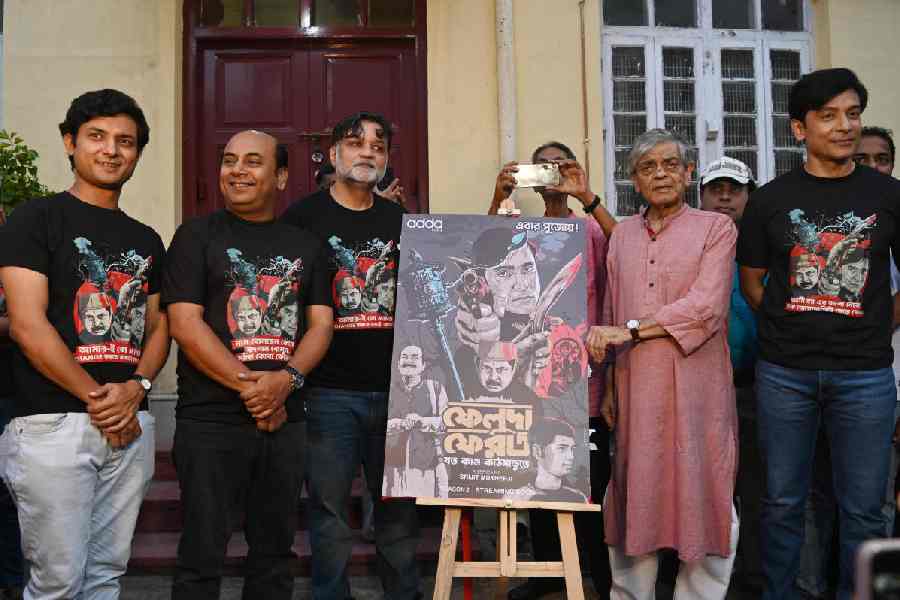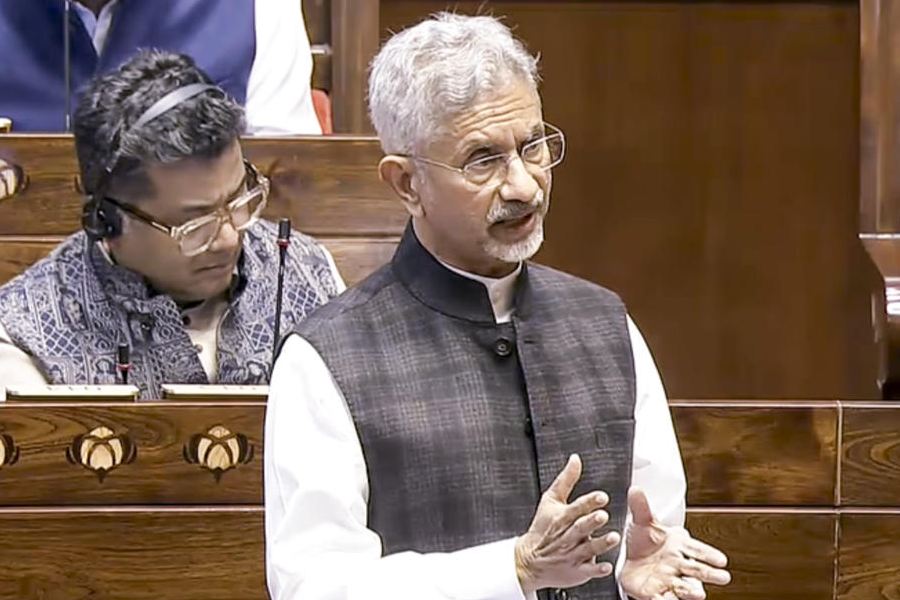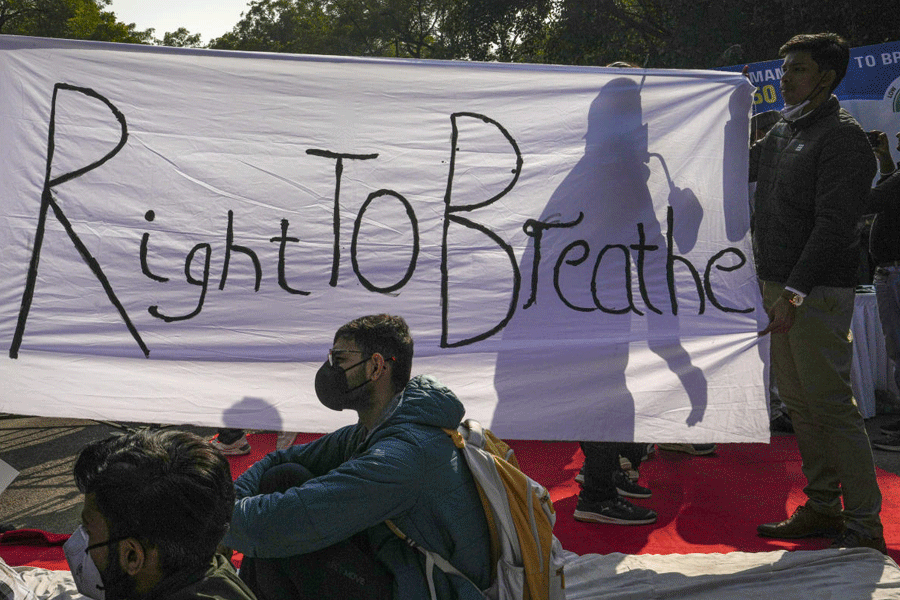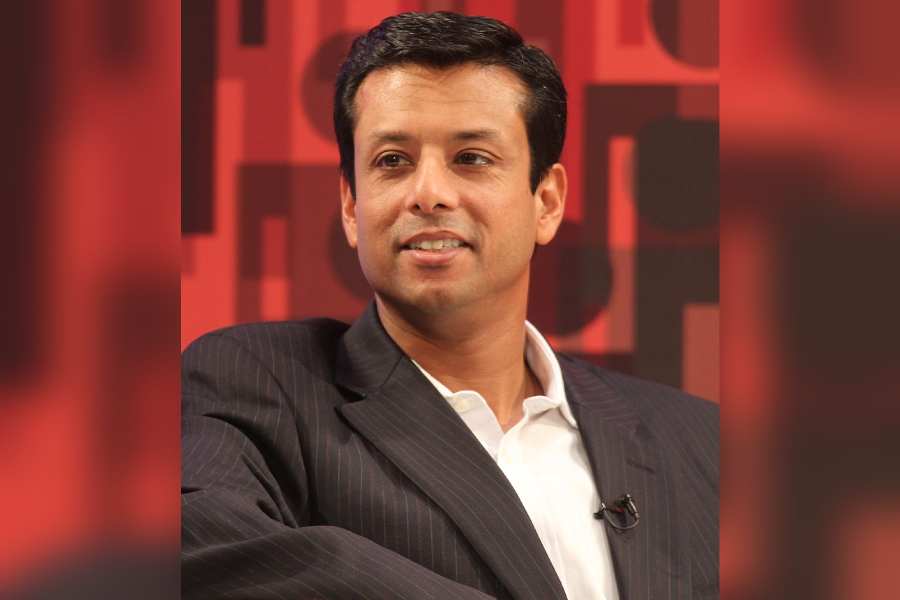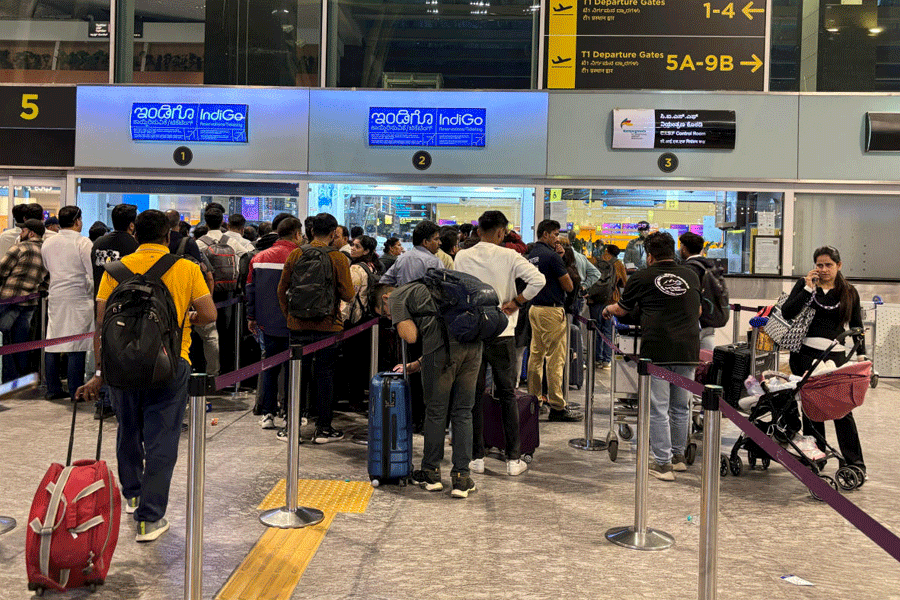It was the birthday of Satyajit Ray — mastermoshai to many, Manikda to those closest — and a corner of his Bishop Lefroy Road home stirred once again with the warmth of reverence and return. This year, the celebrations held more than just memories. They brought a revival. Under the tiled eaves of the legendary address, surrounded by flowering amaltash and curious street cats, the poster of Feluda Pherot: Jawto Kando Kathmandute was unveiled. It was a moment layered with nostalgia, cinema, and a quiet kind of reverence.
Director Srijit Mukherji stood beneath the shadow of the home’s familiar facade, flanked by actor Tota Roy Choudhury, who plays Feluda, and Anirban Chakrabarti, the ever-curious Jatayu. Beside them stood Sandip Ray, Satyajit’s son and the quiet guardian of his father’s vast, ever-growing legacy. While Ray was dressed in a white kurta pyjama, the cast wore a thematic black tee on the occasion.
Mukherji said, “Jawto Kando Kathmandute will be the last Feluda series directed by me. I had made this five years ago, thanks to Addatimes and Surinder Films that it is finally getting a release. This is one of my favourite Feluda stories, considering it features a showdown with his archnemesis, Maganlal Meghraj. Kharaj Mukherjee has done a fantastic job of playing Meghraj’s character. Today is very special; this house is like a temple for people who work in films.”
Only a portion of the house was opened to visitors, but that was enough to transport. Inside, garlanded portraits of Bijoya Ray stood alongside Satyajit’s own black-and-white frames — he, always serious-eyed behind thick-rimmed glasses, as if still watching. The study, hushed and heavy with thought, revealed a towering bookshelf — its spines worn and wise —and the famous lift in the middle of the old house, quiet but still somehow monumental. Outside, the courtyard turned festive. Fans emerged in quiet clusters, clutching well-thumbed copies of Sonar Kella, framed sketches of Ray’s characters, and hand-drawn tributes. Some held delicate ink portraits of Feluda and Topshe, others recreated frames from Joy Baba Felunath —each piece signed graciously by Sandip Ray, a gentle smile playing on his lips. He said, “I am very happy that the poster has been launched on such an occasion!”
The scent of rajanigandha garlands and samosas wafted through the space, binding together the reverent hush of legacy with the buzz of Bengali adda. Every visitor, from curious college students to ageing cinephiles, was handed a warm snack — no fanfare, just quiet generosity. It felt like something Ray himself might have quietly approved of. Passersby who had no clue about the poster stopped by to catch a glimpse. We spotted an elderly couple walk in, hand in hand, their eyes wide with wonder as they entered the house. On their way out, the woman, innocent and curious, looked towards the media huddle. Her husband took a closer look at Anirban Chakrabarti speaking to reporters and smiled, “Oi toh, Eken Babu!”
As the poster was revealed — a moody, enigmatic homage to Feluda’s Kathmandu adventure — the crowd leaned in. There was excitement, yes, but also stillness. Like something returning home. A collective knowing that the journey of Bengal’s beloved detective wasn’t just continuing— it was being rekindled with care. Tota Roy Choudhury said, “Today marks a milestone in my career — being part of the poster launch of Feluda Pherot on the birth anniversary of Ray Shaheb, right at his residence. What more could an actor ask for? I had been eagerly waiting for this moment, and now that it’s here, it truly feels like a dream. I’m deeply grateful to Babuda (Sandip Ray) for allowing this to take shape, and to everyone who believed in me. We’re all incredibly excited.” The walls outside Satyajit Ray’s Bishop Lefroy Road home had turned into a striking open-air tribute. Painted in soft cream, they now showcased bold, colourful artworks — pop-art portraits of Ray, illustrations from Sandesh, and iconic symbols from his films. Each panel felt like a window into his world: the leaping tiger, the hypnotic Kali, the minimalist Bengali typefaces, and his unmistakable gaze in vibrant hues.
Above, a string of glowing boards displayed posters of his epic films, while fans paused to take selfies or simply stand in quiet admiration. The street had become a canvas, where Ray’s legacy met Calcutta’s everyday life —with art that felt both sacred and personal. Somewhere, behind the still-shuttered windows of the house, it was tempting to believe Ray’s spirit lingered — watching quietly, scribbling storyboards in his mind, pleased that the world he built still lived, breathed, and inspired.

